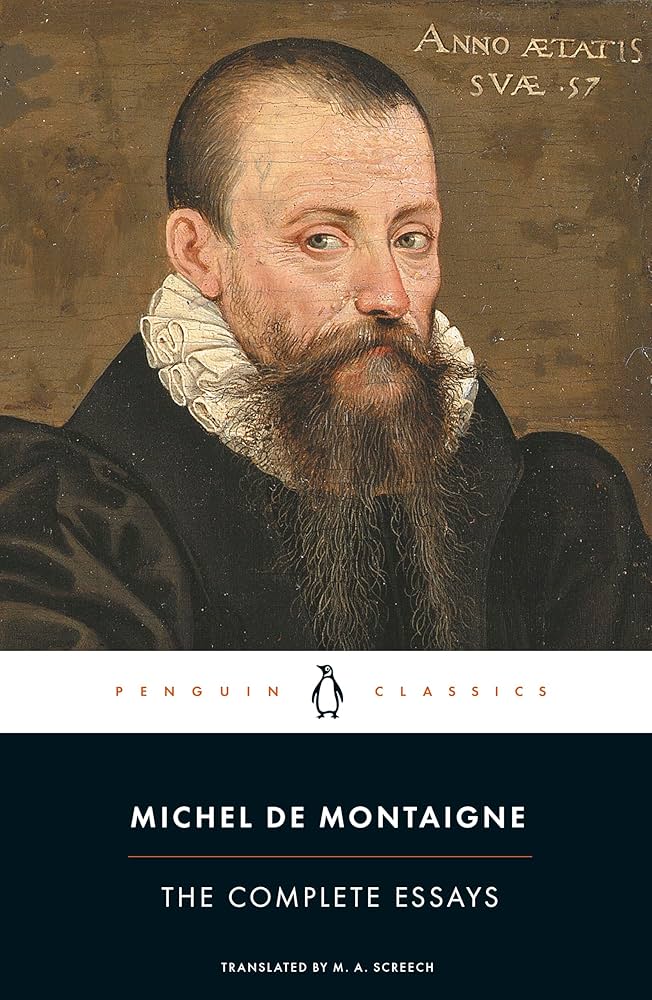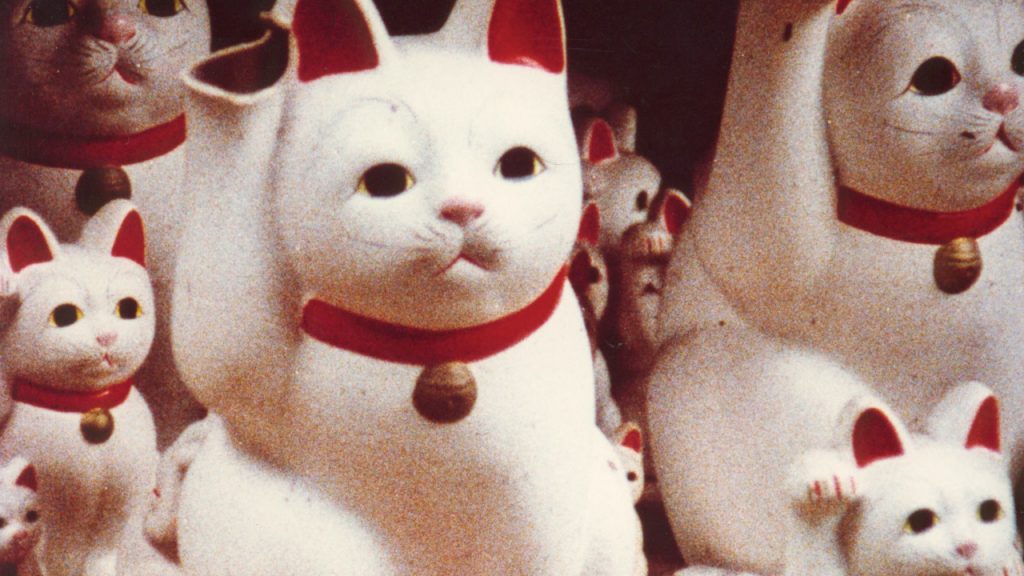I’m a big fan of video-essays. Most of the Youtube video’s I watch are video-essays, because I think their an interesting way of how people shape a video. Most of the times it opinions on topics, for me mostly films, and they show that in their own creative way. I want to dive deeper and look where the video-essay comes from and what came before, the essayfilm. One of the most popular essay essayist from before our time was Chris Marker. This is why I want to explore how his Sans Soleil (1983) shapes the message and, thus how a essayfilm shapes the message
Where and what?
To begin with where the essayfilm comes from we need to begin at where the essay comes from. The essay originates from a literary work from de Montaigne named Essais. I think an important quote that is fundamental for the essay from this book is:
“The greatest thing in the world is to know how to belong to oneself.”
Montaigne turns his gaze inward with his essays and says:
The essay is about oneself and ones view from the world around them.

Now that we know where the essay comes from where going to take a big leap to the essayfilm almost 300 years later. To the German filmmaker Hans Richter. He wrote in Der Filmessay, eine neue form des Dokumentairefilms:
“The essay film, in its attempt to make the invisible world of imagination, thoughts, and ideas visible, can draw from an incomparably larger reservoir of expressive means than can the pure documentary film. Since in the essay film the filmmaker is not bound by the depiction of external phenomena and the constraints of chronological sequences, but, on the contrary, has to enlist material from everywhere, the filmmaker can bounce around freely in space and time.”(91)
With the essayfilm things get visible and time and space are things that can be roamed around in. It’s a medium where the filmmakers own creativity and exploration are at the centre. There is not one single way to make an essayfilm, there are maybe endless possibilities.
I want to close the theoretics on the essayfilm with a more contemporary critic on the essayfilm named Raymond Bellour. He says in The Cinema and the Essay as a Way of Thinking:
“The only thing which may be said briefly is that, taken as a whole, all those texts, by under scoring various processes of abstraction, seem to relativize strongly the gap between the pre-existing reality (which is the traditional object of documentary) and the constructed reality (which is the supposed privilege of fiction).”(235)
With “all those texts” he means other books written about essayfilm. The question he asks is if the essayfilm isn’t a hybrid form between fiction and non-fiction? I think what he means by this is that with essayfilm a “truth” can be constructed, for example, if you see a bus and a narrator says “it’s a bus full of people going to work’’, it has a different effect than the narrator saying “It’s a bus full of people going to jail”. The image shows something, but what really is the truth and is what is said to you the truth?
I want to further explore how the medium essayfilm shapes the message with Sans Soleil. As described by MUBI:
My thoughts on how Sans Soleil shapes the message
When starting Sans Soleil you directly get thrown in a strain of thoughts. There is a woman narrator who receives letters from a man that she reads out, or just tells what is in them. There are images showing where she talks about, and contribute to the things she says. She jumps from subject to subject, sometimes philosophical, sometimes about the history of Japan, sometimes about memory and remembering, and the list could go on. You get sucked into the thoughts of the man who writes to the woman.

You can see the creativity and the exploration of Chris Marker in this essay. He uses the woman and men to bring over his thoughts and shows the images he thinks are important for these thoughts. Images are used to make an argument and show what is thought about. He shows the experience of his thoughts, and I believe he wants to make you think about his thoughts to with these images. It’s more than just thinking about the words on a paper in an essay, it’s about thinking of the words being said and thinking about the experience of what you are looking at.
It’s here where you are subjected to the thoughts and begin to form your own. The medium essayfilm not only wants you to digest the thoughts you are given, but wants you to form your own. The message is brought through text, thoughts and image, but the message goes further into your own thoughts and what your interpretations are of these thoughts. The truth is never really given by Marker and this essayfilm doesn’t lay a specific truth upon you. Because there is no truth in dreams, remembering, memory and thoughts.
This is written as my stream of consciousness about the film Sans Soleil, these are my thoughts. They are not ordered very well or perfectly polished, but I think this stream of consciousness is what Chris Markers idea of the film was. This is my memory and thoughts about the film and essayfilm. I remember certain things, but others fade. Just like this essayfilm moves from what can be remembered and what cannot be remembered.
Conclusion
I have looked at where the essay comes from, how further in time the essayfilm begins to form and what it does. It’s about oneself, it’s creative and an exploration, it’s a question of truth. Sans Soleil is all this and makes the ones watching the subject and form their own thoughts about the thoughts of Marker.
Bibliograhy
Bellour, Raymond. “The Cinema and the Essay as a way of Thinking.” Essays on the Essay Film, edited by Nora M. Alter and Timothy Corrigan, Columbia university Press, 2017, pp. 228-239.
Richter, Hans. “Der Filmessay, eine neue form des Dokumentairefilms.” Essays on the Essay Film, edited by Nora M. Alter and Timothy Corrigan, Columbia university Press, 2017, pp. 88-92.



Recent Comments